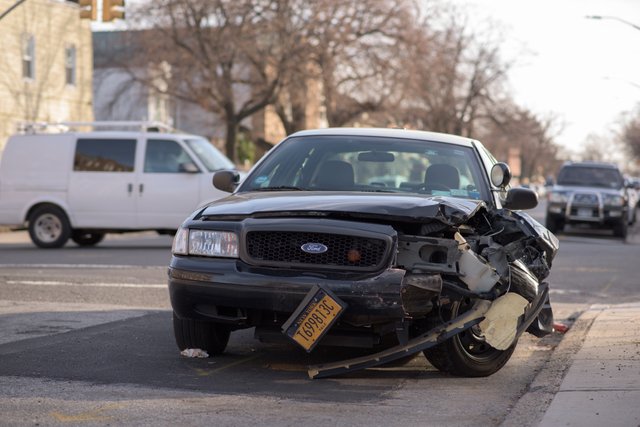
TIRES squealing, metal crunching, glass shattering, people screaming . . . These sounds are perhaps familiar to anyone who has been involved in a car accident. The Population Reference Bureau reports that worldwide “an estimated 1.2 million people are killed in road crashes each year, and as many as 50 million are injured.”
Yet, attention to safety and plain common sense can help you avoid many accidents. Let us see how.
Speed Limits, Seat Belts, and Texting
On some roads the speed limit may seem too low. But exceeding the limit usually makes little difference in the time it will take you to arrive at your destination. For example, over a distance of 50 miles (80 km), increasing from 65 miles (104 km) per hour to 80 miles (129 km) per hour will gain you less than nine minutes. Is it worth risking an accident to gain that little time?
Seat belts are designed for safety. A government agency in the United States concluded that seat belts saved over 72,000 lives between 2005 and 2009 in just that country. Does an air bag take the place of a seat belt? No. An air bag works with the seat belt to provide increased protection. If you do not wear your seat belt, the air bag loses its effectiveness and can even be dangerous. So make it a habit to buckle up, and have your passengers do the same. Another caution: Never attempt to read or compose text messages while driving.
Road Conditions and Maintenance
Tire traction is reduced on roads that are wet or covered with dust, sand, or gravel. By slowing down, you are less likely to slide when braking. If you drive regularly on snow-covered or icy roads, consider investing in snow tires for the winter. These have deeper treads and provide better traction.
Intersections are dangerous for all drivers. One expert recommends the following: When a traffic light turns green, wait before entering the intersection. By pausing just briefly, you may avoid being struck by a car running the red light.
Keeping your car in good condition is basic to avoiding accidents. Imagine what could happen if the brakes failed while you were driving. To prevent mechanical problems, some car owners arrange for periodic maintenance by a competent mechanic. On the other hand, some car owners choose to do certain maintenance jobs themselves. However you carry out the work, make sure that your car receives the inspections and repairs that it needs.
Drinking and Driving
Drivers who are otherwise responsible and safe may take great risks by driving after they drink an alcoholic beverage. During 2008, in the United States, more than 37,000 people lost their lives in automobile accidents. About a third of these died in crashes involving drivers who had been drinking. Even the smallest amount of alcohol can impair your driving skills. Some resolve not to drink any alcohol at all if they are going to drive.
Obeying traffic laws, wearing your seat belt, keeping your car in good repair, and refraining from driving after drinking alcoholic beverages can protect your life and the lives of others. These suggestions can help you to avoid accidents while driving, but only if you put them into practice.